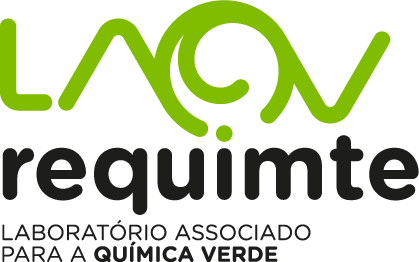Total publications: 610
609. THE ROLE OF MANY-BODY INTERACTIONS IN THE STABILITY OF HYDRATED CU-2+ CLUSTERS
in CHEMICAL PHYSICS, 1990, ISSN: 0301-0104, Volume: 141,
Article, Indexed in: crossref, scopus, wos
The effects of three-body and, in a few cases, four-body and higher-order terms were studied for several Cu2+-(H2O)n (n up to 8) clusters proposed as models of the first hydration shell of the Cu2+ ion. This is based on ab initio SCF calculations performed for the n=6 cluster and for all the required tetramer, trimer and dimer subunits of this cluster and of the n = 8 cluster. The computed many-body results show that the three-body terms are non-negligible and lead to strong repulsive contributions to the total pairwise additive interaction energy of the Cu2+-(H2O)n systems. Pronounced changes on the hydration number (n) and on the optimal CuO distances (r) of this ion's first shell are obtained when two-body terms (n = 8, r = 2.09 Å)alone are considered or three-body terms (n = 6, r = 2.15 Å) are included. The four-body terms are found to be quite small in comparison with the three-body terms. The remaining higher-order terms are shown to be even much smaller than the four-body terms, thus indicating a rapid convergence of the many-body expansion of the interaction energy for this hydrated ion. This work suggests that, when a simple model is required for the interaction potential of metal ions with water, as it is the case in Monte Carlo or molecular dynamics simulations, a good degree of accuracy depends on supplementing the usual pairwise additive type of potential by three-body terms, and modelling of these depends on detailed studies of the type presented here. © 1990.
610. THE CU+-H2O INTERACTION POTENTIAL AND ITS APPLICATION TO THE STUDY OF [CU(H2O)N]+ CLUSTERS AT DIFFERENT TEMPERATURES
in JOURNAL OF THE CHEMICAL SOCIETY-FARADAY TRANSACTIONS II, 1988, ISSN: 0300-9238, Volume: 84,
Article, Indexed in: wos


